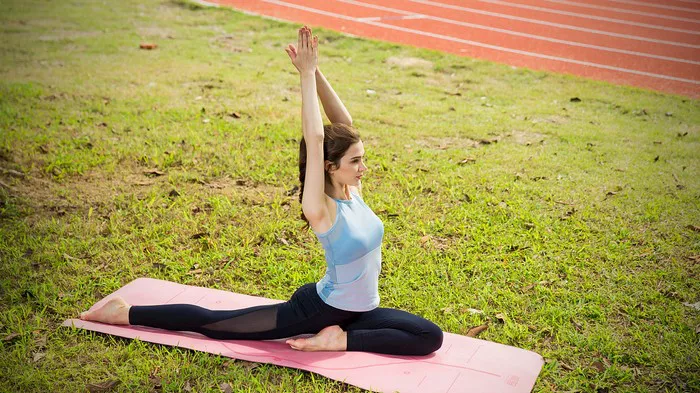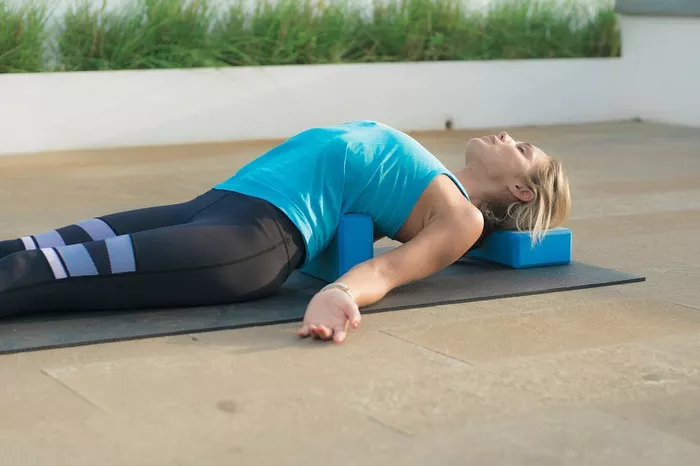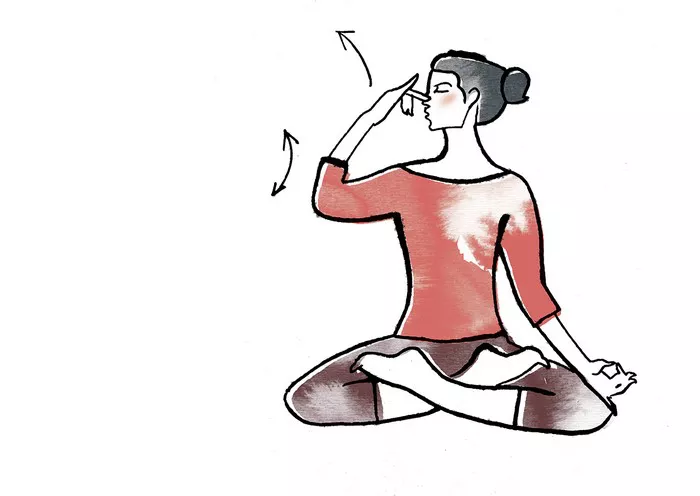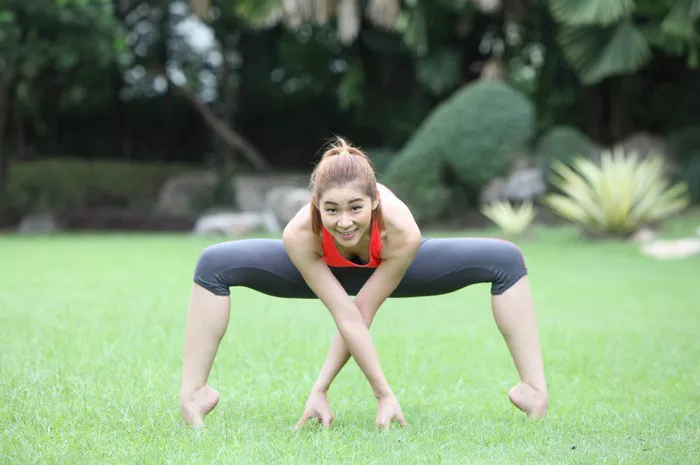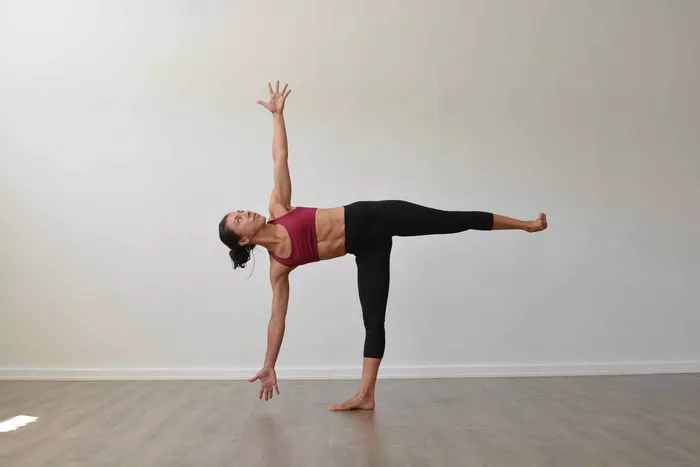Diastasis recti, a condition characterized by the separation of the rectus abdominis muscles, commonly occurs during pregnancy and postpartum periods. While there are various treatment options available, yoga has emerged as a therapeutic approach to alleviate symptoms and promote healing. This article delves into the effectiveness of yoga in managing diastasis recti, exploring its benefits, recommended poses, and precautions.
Understanding Diastasis Recti
Diastasis recti, often referred to as abdominal separation, occurs when the connective tissue between the left and right rectus abdominis muscles stretches and weakens, causing them to separate. This condition commonly occurs during pregnancy due to the hormonal changes and the stretching of the abdominal muscles to accommodate the growing fetus. Postpartum, the separation may persist, leading to symptoms such as a bulging belly, lower back pain, pelvic floor dysfunction, and core weakness.
The Role of Yoga in Diastasis Recti Management
Yoga, an ancient practice that combines physical postures, breathing techniques, and meditation, offers a holistic approach to healing diastasis recti. Its gentle yet effective movements target the abdominal muscles, pelvic floor, and surrounding areas, promoting strength, flexibility, and alignment. Additionally, yoga emphasizes body awareness and mindfulness, allowing individuals to connect with their bodies and facilitate the healing process.
Benefits of Yoga for Diastasis Recti
Strengthens Core Muscles: Yoga poses such as plank, boat pose, and modified crunches engage the core muscles, including the transverse abdominis, which plays a crucial role in stabilizing the pelvis and spine.
1. Improves Flexibility: Tight muscles can exacerbate diastasis recti symptoms. Yoga helps release tension in the muscles surrounding the abdomen, promoting flexibility and range of motion.
2. Promotes Circulation: Certain yoga poses encourage blood flow to the abdominal region, facilitating healing by delivering oxygen and nutrients to the tissues.
3. Enhances Posture: Poor posture can contribute to the worsening of diastasis recti symptoms. Yoga focuses on alignment and posture, helping individuals maintain proper spinal alignment and alleviate strain on the abdominal muscles.
4. Reduces Stress: Stress can exacerbate diastasis recti symptoms and hinder the healing process. Yoga incorporates breathing techniques and mindfulness practices that promote relaxation and reduce stress levels.
Recommended Yoga Poses for Diastasis Recti
Cat-Cow Stretch: This gentle spinal flexion and extension movement helps stretch the abdominals and improve mobility in the spine.
1. Pelvic Tilts: Pelvic tilts help strengthen the abdominal muscles and stabilize the pelvis, reducing strain on the lower back.
2. Bridge Pose: Bridge pose strengthens the core, glutes, and hamstrings while also stretching the hip flexors and chest.
3. Child’s Pose: Child’s pose gently stretches the back, hips, and thighs while promoting relaxation and stress relief.
4. Modified Plank: Modified plank is a safer alternative to traditional plank pose, engaging the core muscles without putting excessive pressure on the abdominal wall.
5. Leg Slides: Leg slides help strengthen the transverse abdominis and pelvic floor muscles while also improving hip mobility.
6. Deep Breathing: Incorporating deep diaphragmatic breathing into yoga practice helps engage the transverse abdominis and pelvic floor muscles while promoting relaxation and stress reduction.
Precautions When Practicing Yoga with Diastasis Recti
While yoga can be beneficial for diastasis recti, it’s essential to practice with caution and mindfulness. Here are some precautions to consider:
1. Avoid Straining: Avoid poses that cause discomfort or strain on the abdominal muscles, such as deep backbends or intense core work.
2. Focus on Alignment: Pay attention to proper alignment and engage the core muscles to support the spine and prevent excessive pressure on the abdominal wall.
3. Listen to Your Body: Honor your body’s limitations and modify poses as needed. If a pose feels uncomfortable or exacerbates symptoms, back off and try a gentler variation.
4. Consult a Professional: Before starting a yoga practice for diastasis recti, consult with a healthcare professional or a qualified yoga instructor who has experience working with postpartum women and abdominal conditions.
5. Gradual Progression: Start slowly and gradually increase the intensity and duration of your yoga practice as your strength and comfort level improve.
6. Pelvic Floor Awareness: Pay attention to the engagement of the pelvic floor muscles during yoga practice, avoiding excessive straining or bearing down.
Conclusion
Yoga offers a gentle yet effective approach to managing diastasis recti by strengthening the core muscles, improving flexibility, promoting circulation, enhancing posture, reducing stress, and fostering mindfulness. By incorporating yoga into their postpartum recovery routine, individuals with diastasis recti can support their bodies’ natural healing processes and improve their overall well-being. However, it’s essential to practice yoga mindfully, listening to your body’s cues and consulting with healthcare professionals as needed to ensure safe and effective rehabilitation.
FAQs:
What exercises should be avoided for diastasis recti?
Certain exercises can exacerbate diastasis recti, such as traditional crunches, sit-ups, and intense twisting motions. These movements put excessive strain on the abdominal muscles, potentially widening the gap between the rectus abdominis muscles. Additionally, exercises that involve heavy lifting without proper abdominal support, like heavy overhead presses or deadlifts, should be avoided as they can increase intra-abdominal pressure, worsening the condition.
What worsens diastasis recti?
Several factors can worsen diastasis recti, including pregnancy, repeated heavy lifting with poor form, excessive intra-abdominal pressure from activities like chronic constipation or heavy coughing, and incorrect exercise techniques that strain the abdominal muscles.
Are planks bad for diastasis recti?
Traditional planks can potentially worsen diastasis recti if performed incorrectly. However, modified planks, such as forearm planks with a focus on engaging the transverse abdominis and pelvic floor muscles, can be beneficial for strengthening the core without exacerbating the condition.
Are squats OK for diastasis recti?
Squats are generally considered safe for individuals with diastasis recti when performed with proper form. However, it’s essential to avoid heavy weights and focus on engaging the core muscles to provide stability and support during the movement. Additionally, variations like sumo squats or squats with an exercise ball against a wall can reduce strain on the abdominal muscles while still targeting the lower body effectively.

